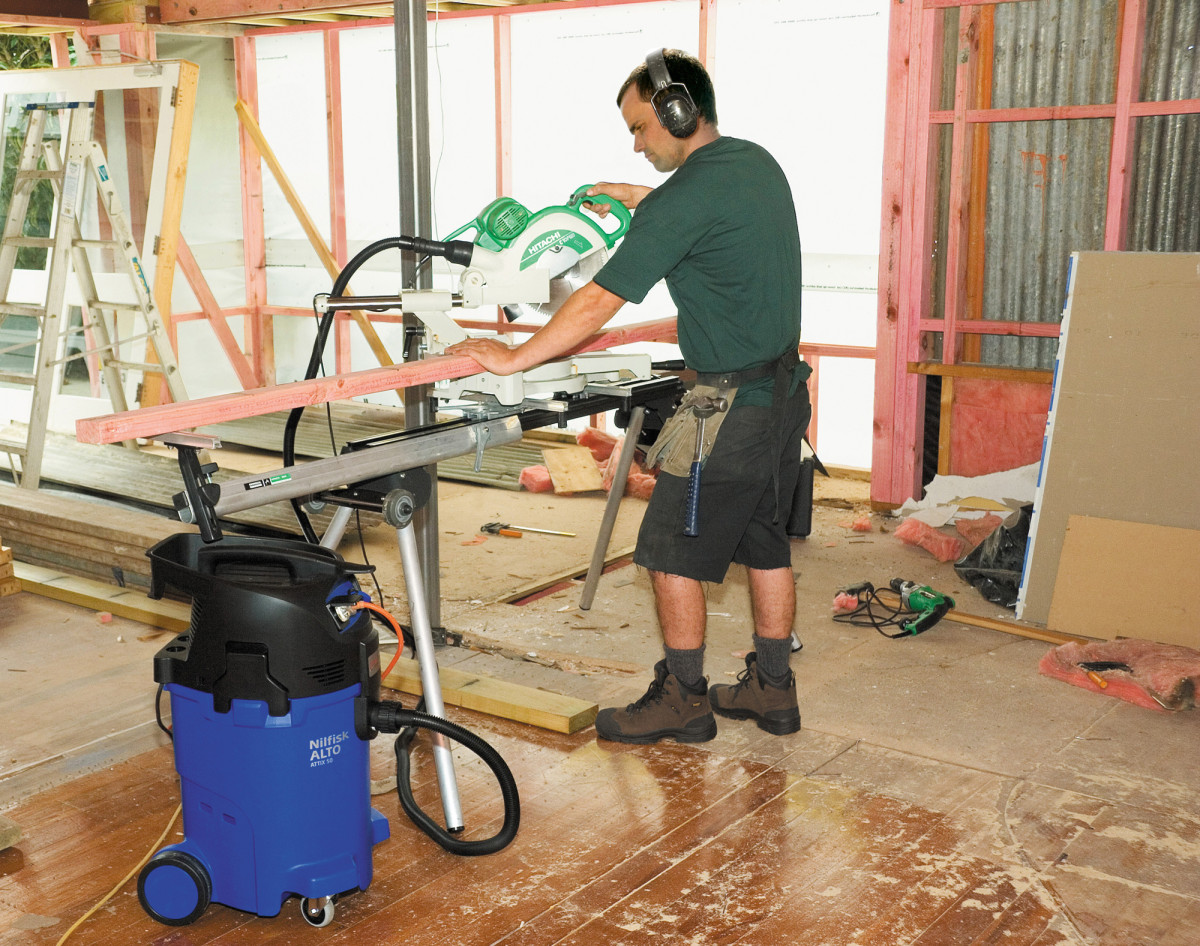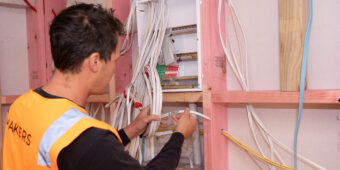The dangers of dust

According to Worksafe, approximately 700-1,000 deaths are caused every year in New Zealand as a result of occupational diseases. To ensure your workers are protected – and avoid a hefty fine – make sure you take the proper precautions
One of the biggest contributors to fatal occupational diseases is respiratory illness, which is a significant threat in the construction industry – particularly silica dust.
Silica is the most abundant material in the earth’s crust and is present in concrete, fibre-cement products and rock. Silica dust causes a number of health problems including silicosis, chronic obstructive pulmonary disease and increased chances of lung cancer.
Prevent and control
The best way to prevent exposure to dust is to keep it out of the air. Using water and wet working methods is a good way to keep it out of your worker’s lungs.
Make sure you have hoses available to wet any dust created before it becomes airborne, ensure work areas and equipment are frequently washed down and avoid using compress air.
When purchasing equipment, look for tools equipped with water and vacuum attachments to control dust at the source. Certified respirators that are suitable to dust levels and particle size should be worn to prevent inhalation. WorkSafe recommends:
- Disposable respirators for low-to-medium dust levels.
- Half-face respirators for low-to-medium dust levels.
- Full-face respirators for medium-to-high dust levels and people with beards.
- Full-face powered respirator for very high dust levels.
You should also monitor the air quality around your worksite to measure how exposed your workers are to silica dust. It will also help you select the most appropriate control methods and protection for your workers.
WorkSafe New Zealand is funding a silica dust monitoring project in Christchurch; the findings are expected to be published in May.
Don’t forget asbestos
While asbestos products ceased being produced in the 1980s, it is still common in many buildings across New Zealand and has been a major WorkSafe New Zealand focus over the last 12 months.
An Auckland builder was recently fined $40,000 in the Auckland District Court after being sentenced under Health and Safety in Employment (Asbestos) Regulations and the Health and Safety in Employment Act.
As a result of his failure to properly test textured ceilings for asbestos during a renovation project, up to 15 contractors were potentially exposed to the harmful dust for three months.
“It is recommended practice to treat any suspect material, like textured ceilings, as containing asbestos until test results prove otherwise,” says Brett Murray, WorkSafe’s general manager for high hazards and specialist services. “Asbestos poses a risk if it is not properly contained, especially during building work where materials are cut or drilled.”
Register to earn LBP Points Sign in



